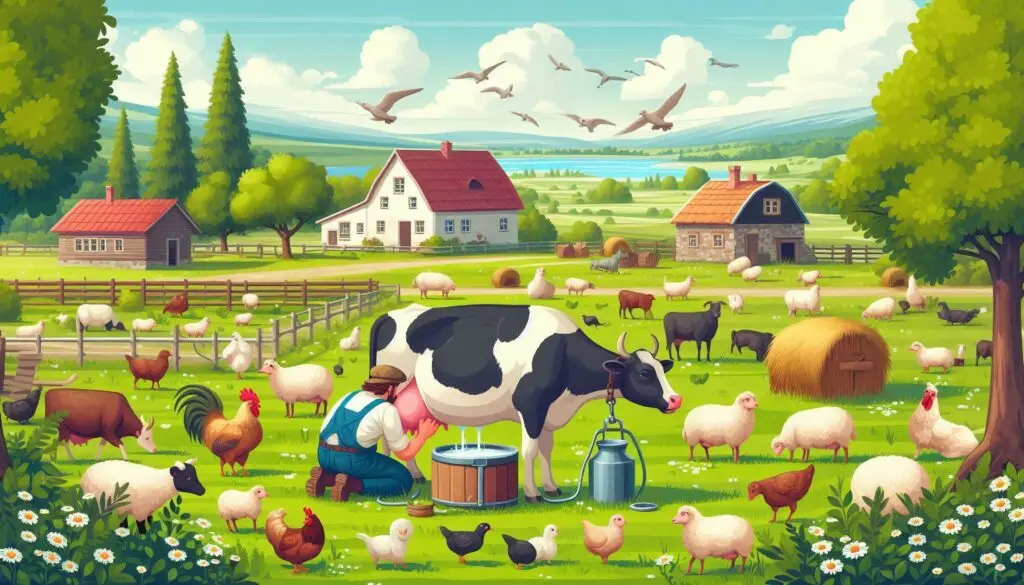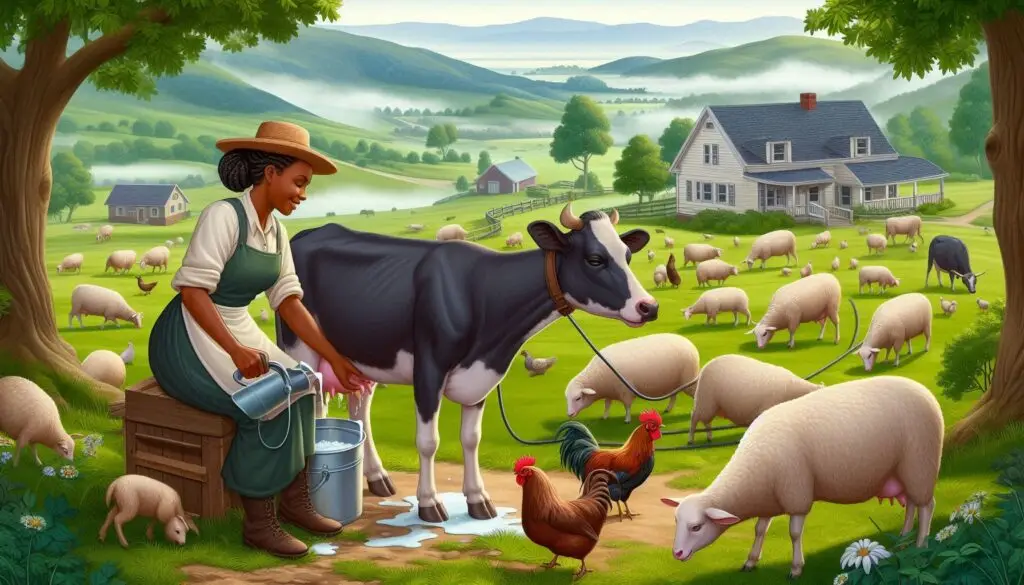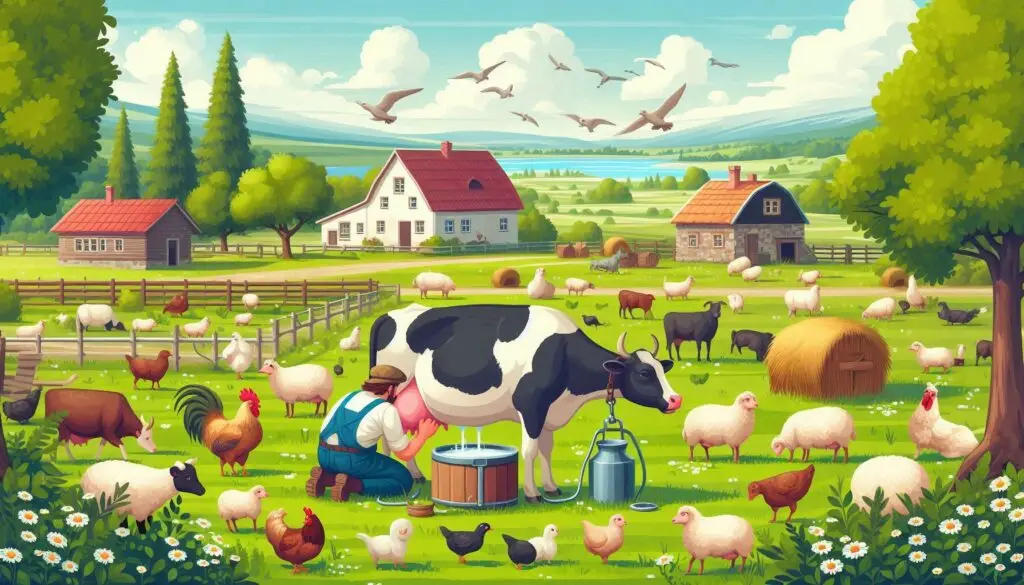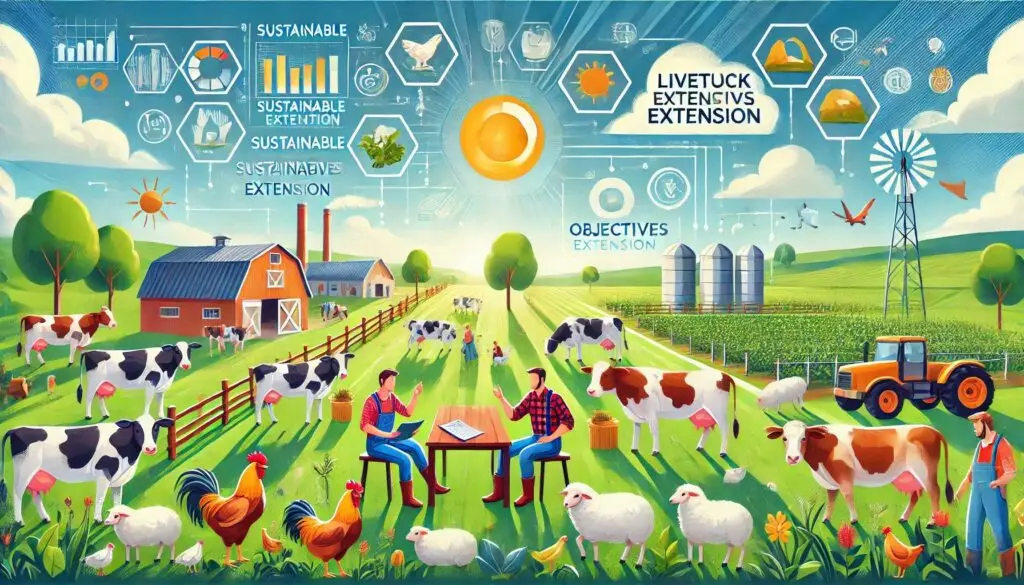Essential Components of Good Dairy Farming Practices

Introduction
Dairy farming plays a crucial role in global agriculture. It provides essential nutrition and supports local economies. However, successful dairy farming requires more than just milking cows. Implementing good dairy farming practices is essential for enhancing productivity, ensuring animal welfare, and maintaining environmental sustainability. This article explores various components of effective dairy farming practices.
Understanding Good Dairy Farming Practices
Good dairy farming practices (GDFP) encompass a holistic approach to managing dairy operations. These practices focus on animal health, nutrition, milking hygiene, socio-economic management, and environmental sustainability. By adopting these practices, farmers can improve milk quality and yield while ensuring the well-being of their animals.
Animal Nutrition and Feeding
Importance of Quality Feed
Nutrition is the backbone of dairy farming. The quality of feed significantly impacts the health and productivity of dairy animals. Farmers should prioritize sourcing high-quality feed that meets the nutritional needs of their livestock. According to the Food and Agriculture Organization (FAO), adequate nutrition enhances milk production and overall animal health (FAO Guide).
Water Supply Management
Access to clean water is vital for dairy cows. Each cow requires approximately 60-70 liters of water daily. Ensuring a consistent supply of clean water can prevent dehydration and support optimal milk production (FAO Guide).
Sustainable Feeding Practices
Farmers should implement sustainable feeding practices by sourcing feed from suppliers that adopt environmentally friendly methods. This reduces the ecological footprint of dairy operations while ensuring high-quality feed for livestock (FAO Guide).
Herd Management
Effective Breeding Practices
Breeding plays a critical role in maintaining herd productivity. Farmers should focus on selecting high-quality breeding stock to improve milk yield and disease resistance. Artificial insemination (AI) has become a common practice to enhance genetic diversity (Britannica).
Animal Welfare Considerations
Animal welfare is paramount in dairy farming. Providing comfortable housing, adequate space, and minimizing stress during handling are essential for maintaining healthy animals. Good herd management practices can lead to better milk quality and higher production levels (FAO Guide).
Milking Hygiene
Importance of Clean Milking Practices
Maintaining hygiene during milking is crucial for preventing contamination. Farmers should ensure that milking equipment is clean and that proper techniques are followed during the milking process (FAO Guide).
Milk Storage Conditions
After milking, it is essential to store milk at appropriate temperatures to maintain its quality. Regular cleaning and sanitization of storage equipment help prevent spoilage (Britannica).
Socio-Economic Management
Human Resource Management
Effective management of farm labor is vital for operational success. Training staff on best practices ensures that all employees contribute positively to the farm’s productivity (FAO Guide).
Financial Viability
Dairy farms must be economically sustainable. Implementing sound financial management practices helps farmers make informed decisions that support long-term viability (FAO Guide).
Health Management
Preventive Care Strategies
Regular health assessments and vaccinations are essential for maintaining herd health. Farmers should keep detailed records of animal health to monitor trends over time (NDDB Handbook).
Disease Prevention Measures
Implementing disease prevention strategies helps protect livestock from common ailments such as mastitis and foot-and-mouth disease. Cleanliness and isolation of sick animals are crucial components of effective herd management (Britannica).
Environmental Sustainability
Resource Management Techniques
Sustainable use of resources like water and land is critical in reducing the environmental impact of dairy farming. Farmers should implement waste management systems to minimize pollution (FAO Guide).
Integrated Pest Management
Utilizing integrated pest management strategies can reduce chemical use on farms while protecting crops used for animal feed (FAO Guide).
Conclusion
In conclusion, adopting good dairy farming practices is essential for enhancing productivity while ensuring animal welfare and environmental sustainability. By focusing on nutrition, herd management, milking hygiene, socio-economic factors, health management, and sustainability, farmers can create a thriving dairy operation that benefits both their business and the broader community.
More from Livestock Production and Management:
https://wiseias.com/feeding-goats-for-milk-production/
https://wiseias.com/feeding-pregnant-ewes/
https://wiseias.com/feeding-managing-livestock-natural-disasters/






Responses